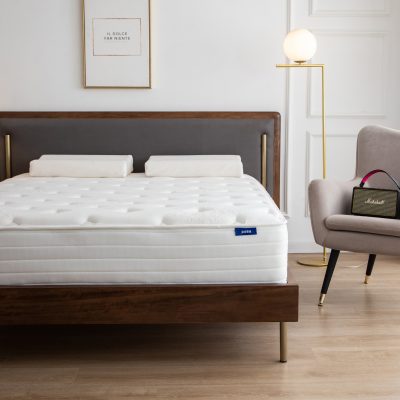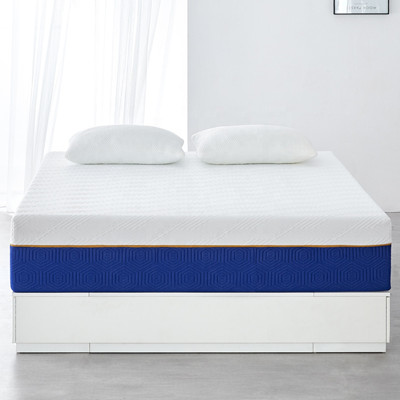“Sleep on a hard bed if you have waist problems” “Sleep on a soft bed can make you sleep better”…
When choosing a mattress, we always refer to this kind of argument, but is that really the case? How to choose a soft mattress or a hard mattress?
1. It should not be too soft or too hard
The softness and the hardness of the mattress are not all-or-nothing. It is necessary to find a comfortable median in this range. According to the normal principle of 3:1, that is, for a 3 cm thick mattress, it is appropriate to sink 1 cm under hand pressure; 10 cm should be slightly sinked by 3 cm, and so on, it is moderately soft and hard.
2. Consider lumbar spine problems
Most elderly people have osteoporosis and lumbar spine problems, so they should avoid mattresses that are too soft.
But it does not mean that you can only sleep on a hard bed. A bed that is too hard will cause the entire back and hips to stick to the bed, and the spine will be erected, which will not relax, which will reduce the quality of sleep, more likely to cause strain, and aggravate the waist. pain.
3. Consider weight issues
For adults with mature skeletal development, 70 kg is generally used as the dividing line. People below 70 kg are recommended to sleep on a softer mattress. For people over 70 kg, a harder mattress is better.
This is because people of different weight bases have different needs for mattress support, and only by getting the most suitable and strong support for the body can it maintain normal physiological curvature and achieve a comfortable lying state.
In summary, mattresses are not necessarily softer and more comfortable. Both softness and hardness are relative to different people. Considering the softness and supportability, a mattress that is soft and does not collapse, can effectively support the human body, and has a pressure-relieving and relaxing effect is a real good mattress.








